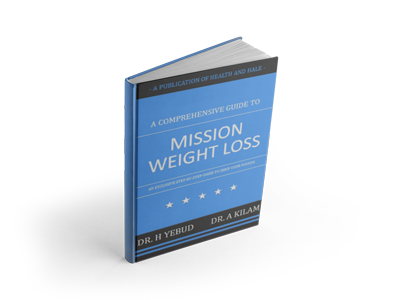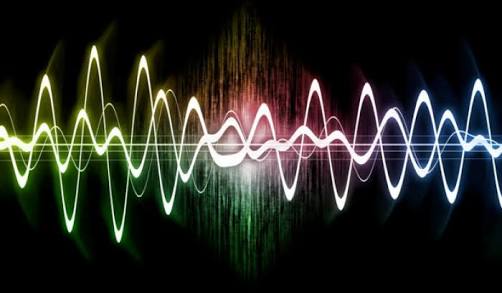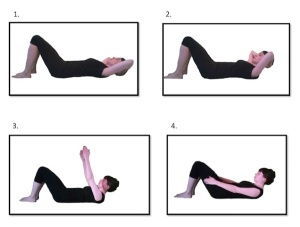Nada yoga is an ancient Indian metaphysical system. It is equally a philosophical system, a medicine, and a form of yoga. The system’s theoretical and practical aspects are based on the premise that the entire cosmos and all that exists in the cosmos, including human beings, consists of sound vibrations, called nada. This concept holds that it is the sound energy in motion rather than of matter and particles which form the building blocks of the cosmos.
Nada yoga is also a reverential way to approach and respond to sound. In this context, sound [and] music carry a spiritual weight more meaningful, respectively, than what sensory properties normally provide. Sound and music are considered to play a potential medium/intermediary role to achieve a deeper unity with both the outer and inner cosmos.
The Nada yoga system divides music into two categories: internal music, anahata, and external music, ahata. While the external music is conveyed to consciousness via sensory organs in the form of the ears, in which mechanical energy is converted to electrochemical energy and then transformed in the brain to sensations of sound, it is the anahata chakra, which is considered responsible for the reception of the internal music, but not in the way of a normal sensory organ.
The anahata concept refers to one’s own personal sound vibrations, which are thought to be so closely associated with one’s self and the Self that a person can not share their anahata with another human being.
In other words, this inner sound is sacred and once reached will open the practitioner’s chakras, which ultimately will unite the body to the divine/cosmos.
With continued sounds, a focused mind and controlled breath, the individual can, according to nada yoga, “listen in on” their own anahata, their own “inner sound”, which can take up to nine different forms. Such a process of inner awareness and sensitivity leads to increased self-recollectedness and finally to awakening.
To concentrate on this inner sound as a support for meditation is very helpful to tame the mind, and when it has been clearly recognized, used for self-recollectedness in outer life as well. Eventually, it can be experienced as penetrating all matter and indeed vibrates eternally throughout the Creation.




















